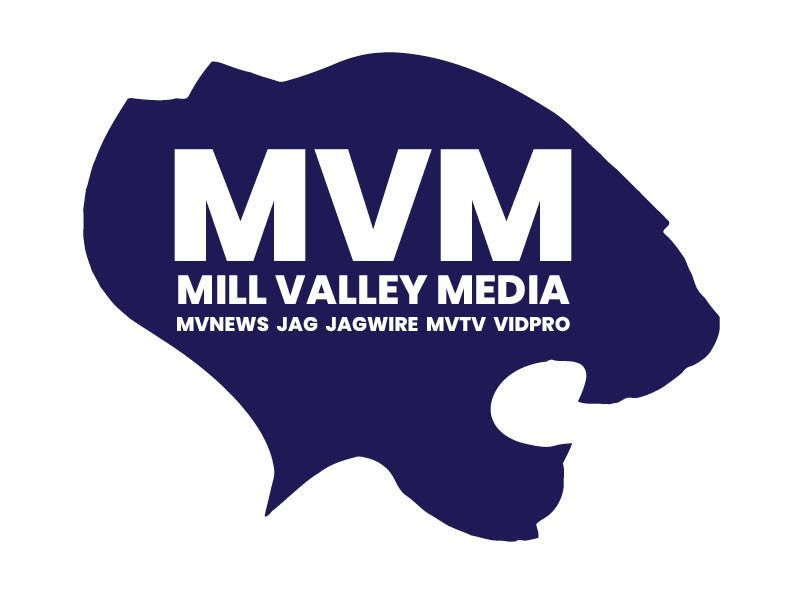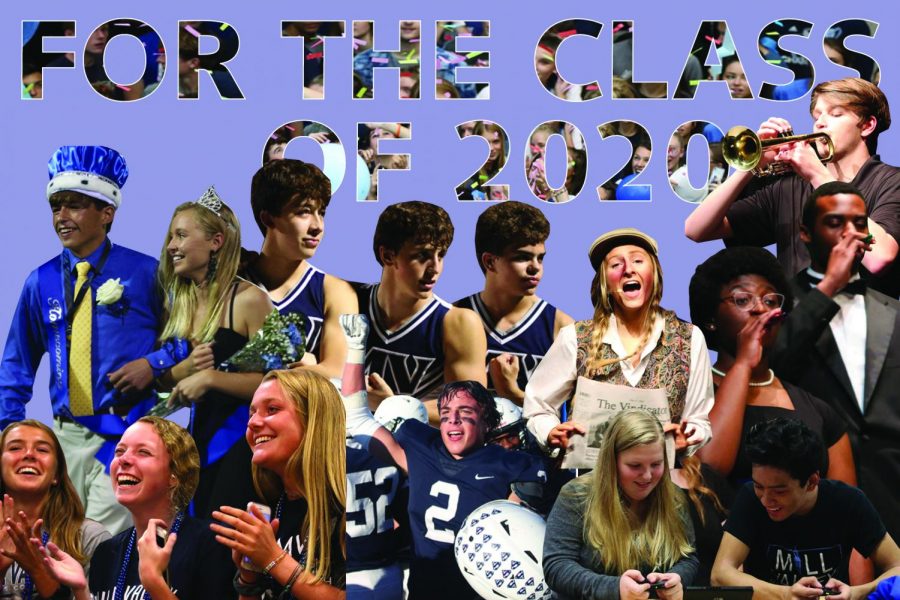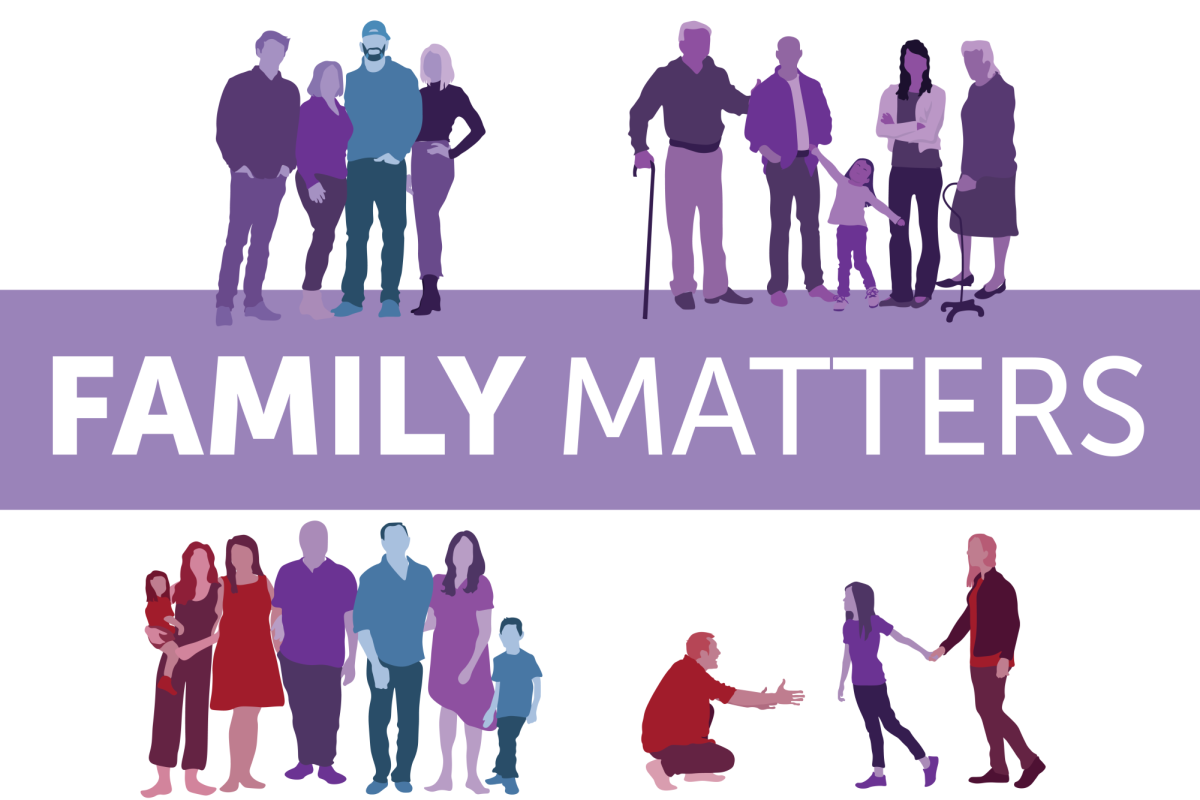With the current state of the recording industry, (where the only money made is by older bands doing “farewell” tours or the hottest starlet on the pop charts) most people would advise an upcoming artist against investing large amounts of money in their music. Until they are backed by a record label with oodles of cash that is. But, like everything else in life, you have to spend money if you want to earn money and the music business is no different. That is why I paid for my band, Second Signal, to record an E.P. at a professional recording studio.
First off a demo is used to spread your music and hopefully attract sponsors or record labels, and an E.P. which is traditionally a five song demo, can be as time and resource consuming as the artist wants it to. You can spend $50 and half a day in the basement so called studio of your favorite auto mechanic named Gary who likes to record punk rock bands in his spare time. Or you can spend $500 an hour in the posh Chapman studios where Tech nine records and sip custom made moccachinos while your guitarist slowly burns money by taking an hour and half to tune his D-string. To reiterate you generally get what you pay for, and if you pay for cheap music from Gary, you will generally get cheap sounding music from Gary. The best way to record is to find a studio that is not obscenely expensive yet has the professional engineers, studio, and reputation you need to make your sound the best it can possibly be. That is why we went to Blacklodge Recording Studios in Eudora.
At the risk of sounding like an infomercial, I loved Blacklodge. After talking to several knowledgeable people who have been around the Kansas City music scene a time or two, Blacklodge stood out as the place for us. Located in scenic downtown Eudora, Kansas, the newly refurbished studio is in an old brick building that used to be a bank, a department store and several other things throughout its life. The studio is actually two different studios in one building, creatively named Studio A and Studio B. Studio B is a smaller and less expensive version of Studio A, but in truth both studios produce high quality sounding music.
Another important factor is the engineer who you record with. We recorded with David, a seasoned engineer who has recorded pop-punk, death-metal, cowboy country, glam rock and every genre in-between. For Second Signal’s hard rock sound, he fit our needs. Patient, a good ear for low frequencies, and brutally honest. He was also very generous in sharing Ramen noodle lunches with us. In any case, my recording experience consisted of three days of sitting on the couch in Studio A playing Angry Birds. These three days were broken up with stressful, intense periods of time when I recorded my bass and vocal parts.
The normal procedure for recording in a professional studio like Blacklodge and anywhere else starts with a metronome. This annoying gadget produces a click like sound in monitor headphones to a steady rhythm. For example, if our song “Next to Me” is at 120, there will be 120 “clicks” coming from the metronome per minute. So first off, a guitarist will play all the songs with the aid of a metronome as best as he can. These are called dummy tracks. Next the drummer will go in and play all the songs with the dummy track and metronome playing in his ear. He does this until every single beat, fill and snare hit is correct. Most bands also will use computer magic to make sure the certain drum or cymbal hits land on the correct beat that it is supposed to. From this point onward, the order of tracking (recording) parts varies. For Second Signal, the bassist extraordinaire recorded his parts, then the rhythm guitarist and then finally the lead guitarist. The guitar phase usually takes the longest for bands like us who use multiple interlocking guitar harmonies and must record and rerecord parts several times. After that, we progressed to vocals and vocal harmonies. Most bands also use computer magic here, affectionately called auto-tune, which is software that is used to adjust and change the note that the artist hits.
After vocals are recorded, the real fun begins. This is when artists put the cherry on the top of their music sundae as it were, and add special sound effects and all the things they wish they could do live. More cowbell please. These effects vary greatly on the type of music the artist is as well as the resources available. For example many modern rock artists add bass drops, which are the super low bass hits common in rap music, or a more pop sounding band would add tambourines and other shakers. And when this is done, all that’s left is mixing.
Mixing used to be the phase when the engineer makes sure all the instruments are as loud as they need to be. Nowadays, this is still the case but engineers also use computer software to do several more mysterious things to the music to make it radio and audience ready. This phase can take as long or as short as the artist has the money for, and is frequently more expensive than the actual recording phase itself because of the expertise needed to accurately manipulate music software. Some artists will also use this phase to digitally add more musical parts and auto tune.
So after going through all this myself and waiting only on the final mixed versions of our songs to be done, I am a little wiser for the experience. Although professional recording is cost prohibitive, the thrill of hearing your music sounding just as good as anything on the radio is worth every penny and more.













